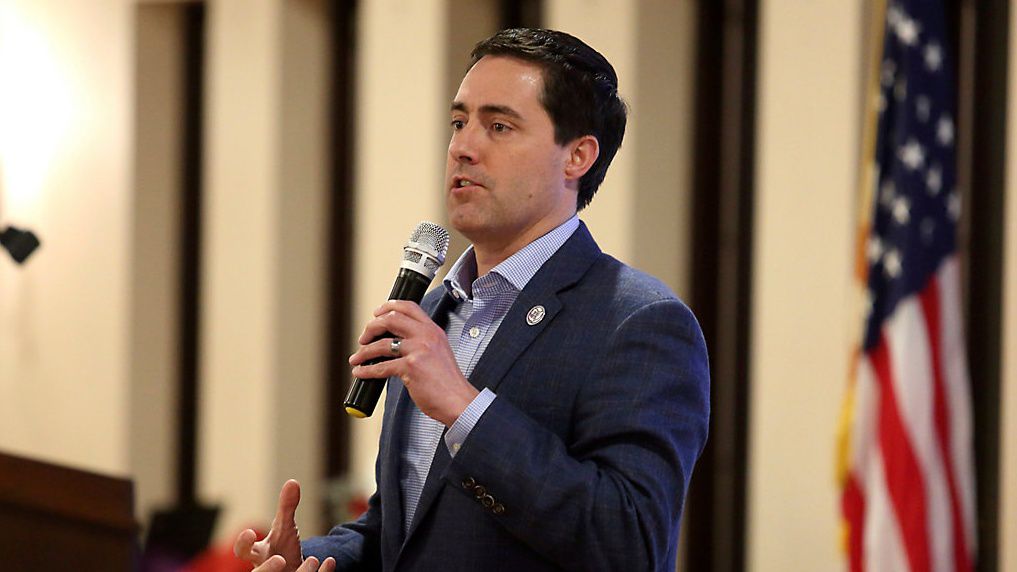COLUMBUS, Ohio (AP) — Republican Ohio Secretary of State Frank LaRose consulted with three prominent anti-abortion groups while drafting the contested ballot language used to describe Issue 1, an abortion-rights measure overwhelmingly approved by voters earlier this month, cleveland.com reported Wednesday.
The Republican elections chief and 2024 U.S. Senate candidate revealed having help with the wording while speaking at a Nov. 17 candidate forum hosted by the local Republican club Strongsville GOP, according to the news organization.
The constitutional amendment's backers blasted the ballot summary offered by LaRose, in his role as chair of the Ohio Ballot Board, as “rife with misleading and defective language” intended to encourage “no” votes.
LaRose's wording substituted “unborn child” for “fetus” and suggested the measure would limit “citizens of the State” from passing laws to restrict abortion access when it actually limited state government from doing so.
The pro-Issue 1 campaign, Ohioans United for Reproductive Rights, eventually sued and won a part victory at the Ohio Supreme Court.
In response to a question at the forum, LaRose said that his office consulted with Susan B. Anthony Pro Life America, the Center for Christian Virtue and Ohio Right to Life while writing the ballot language, three groups with central roles in the anti-Issue 1 campaign, Protect Women Ohio.
LaRose said the anti-abortion groups pushed for changing “pregnant person” to “woman” as a way of benefiting their campaign while remaining accurate enough to withstand a court challenge.
He said they liked it because their campaign was named Protect Women Ohio and their yard signs said “Protect Women.”
“So they wanted that," the news organization reported LaRose saying. "They thought that was reasonable and would be helpful to them. And they thought it would be honest.”
When asked about the language previously, LaRose described his role as writing truthful and unbiased language.
Gabriel Mann, a spokesperson for Ohioans United for Reproductive Rights, said it was always clear that LaRose's chosen language was intended to benefit the amendment's opponents.
"LaRose never cared about American democracy or Ohio values, which makes him wholly unfit for any public office,” Mann told cleveland.com.
LaRose spokesperson Mary Cianciolo said the secretary “always is going to represent the conservative values on which he was elected.”
“The ballot board is a bipartisan body made up of members with at times differing opinions on how public policy should be defined," she said in a statement. “It’s common for members to disagree on the language, as you’ve seen at almost every meeting. The language can be true and defensible at the same time. It was also upheld as accurate by the state Supreme Court.”
In a divided ruling, justices ruled that only one element of the disputed language, the part that implied it would rein in citizens as opposed to the government, was misleading and had to be rewritten.



